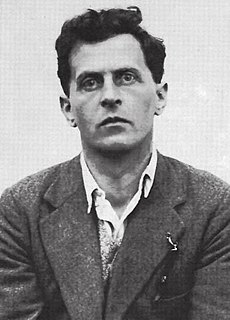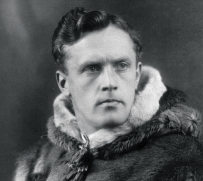A Quote by Sarah Parcak
The map we made of the 3,000-year-old city of Tanis requires no imagination. It has buildings, streets, admin complexes, houses - clear as day.
Related Quotes
Ask yourself whether our language is complete--whether it was so before the symbolism of chemistry and the notation of the infinitesimal calculus were incorporated in it; for these are, so to speak, suburbs of our language. (And how many houses or streets does it take before a town begins to be a town?) Our language can be seen as an ancient city: a maze of little streets and squares, of old and new houses, and of houses with additions from various periods; and this surrounded by a multitude of new boroughs with straight regular streets and uniform houses.
Cities need old buildings so badly it is probably impossible for vigorous streets and districts to grow without them.... for really new ideas of any kind--no matter how ultimately profitable or otherwise successful some of them might prove to be--there is no leeway for such chancy trial, error and experimentation in the high-overhead economy of new construction. Old ideas can sometimes use new buildings. New ideas must use old buildings.
My dad kept me away from people who treat children wrong. It's just amazing that there is such a way to raise a person without giving them complexes. But nobody does it. They think it should be the old school. But look at the products. Wouldn't it be great if you could avoid the complexes? Then you could deal with the complexes of life.
There was a time in our past when one could walk down any street and be surrounded by harmonious buildings. Such a street wasn't perfect, it wasn't necessarily even pretty, but it was alive. The old buildings smiled, while our new buildings are faceless. The old buildings sang, while the buildings of our age have no music in them.
I have the same sense of discovery and exhilaration from objects of design and everyday use - I am inspired by the buildings in my city, by park greenery and dazzling store windows, by the jaunty strollers and umbrellas and billboards I walk past. Just strolling our streets, we encounter creativity every single day.




































